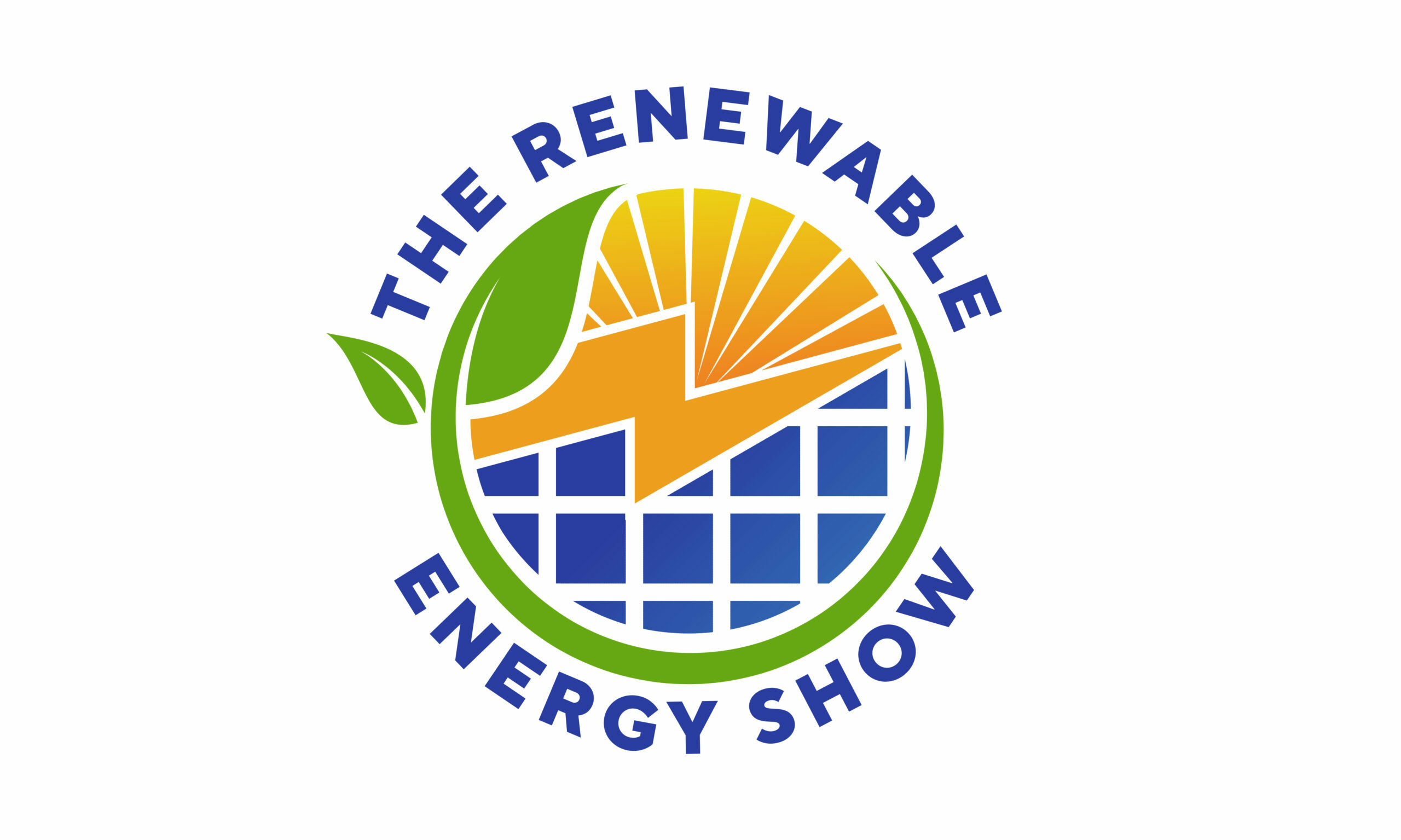Did you know that the construction industry is responsible for around 40% of global greenhouse gas emissions? That’s right – more than the entire transportation sector combined! This staggering statistic is a wake-up call for us to rethink the way we build our cities, homes, and communities. The good news is that eco-friendly development is on the rise, and it’s not just good for the environment, but also for our bottom line.
As we face the pressing challenges of climate change, pollution, and resource depletion, the importance of eco-friendly development cannot be overstated. It’s not just about using renewable energy sources or recycling materials; it’s about rethinking the entire development process to minimize our impact on the planet. This means incorporating sustainable design principles, reducing waste, and creating communities that are resilient to climate change.
One of the key benefits of eco-friendly development is its potential to reduce costs. Think about it: when you build a sustainable home or office, you’re not just saving the planet, you’re also saving money on energy bills and reducing maintenance costs. In fact, a study by the National Association of Home Builders found that green buildings can recoup up to 70% of their investment through energy savings alone.
So, what does eco-friendly development look like in practice? For starters, it involves using locally sourced materials, reducing water consumption, and incorporating green roofs and walls. It also means designing buildings that are adaptable to changing climate conditions, such as sea-level rise and extreme weather events.
Innovative cities like Vancouver, Canada, and Copenhagen, Denmark, are already leading the way in eco-friendly development. Vancouver’s “Greenest City Action Plan” aims to reduce greenhouse gas emissions by 33% by 2020, while Copenhagen’s “Copenhagen 2025” plan sets a goal of becoming carbon neutral by 2025.
But eco-friendly development isn’t just for cities – it’s also for individuals and communities. Whether you’re building a new home, renovating an old one, or simply making changes to your daily habits, every small action counts.
So, what can we do to support eco-friendly development? For starters, we can demand more sustainable building practices from our developers and governments. We can also make conscious choices about the products we buy, the energy we use, and the waste we generate.
As the world grapples with the challenges of climate change, eco-friendly development offers a beacon of hope. By working together to create sustainable, resilient communities, we can not only save the planet, but also create a better future for ourselves and future generations. The great leap towards eco-friendly development is upon us – let’s take the first step today.
